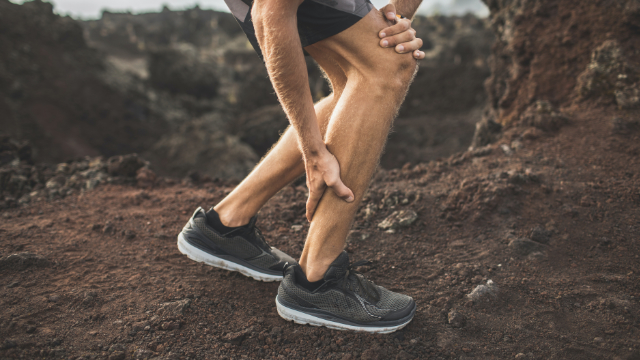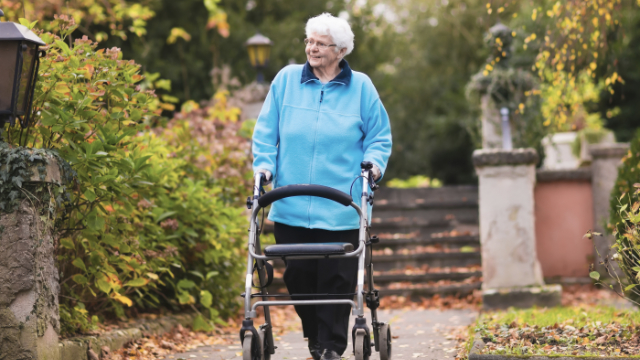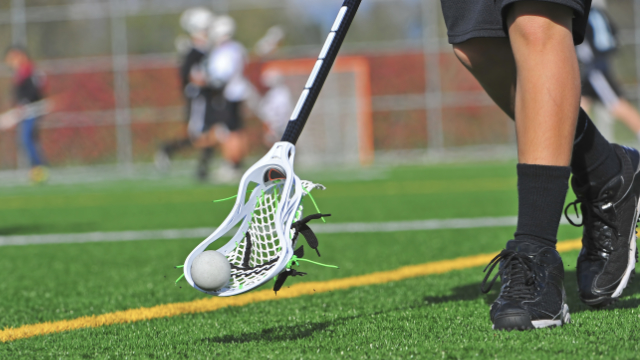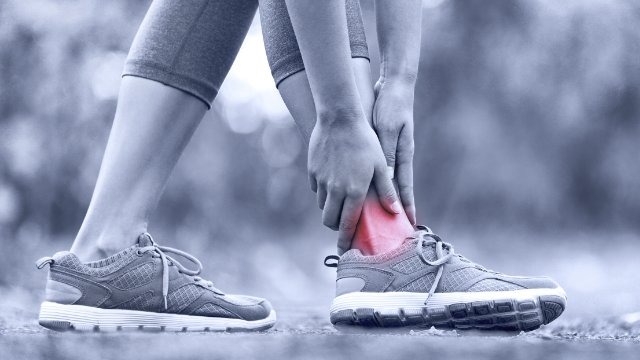
Like it or not, injuries are a part of life. And if youâre an athlete or active individual, this fact is more likely to ring true, as youâre bound to experience an injury from time to timeâor perhaps even more often.
After an injury occurs, the question thatâs top of mind for most athletes is almost always the same: âhow long before I can return?â The response to this question from trainers, physical therapists, and other professionals who work with athletes is often something along the lines of âitâs complicated,â which is accurate due to the various factors and nuances involved in each individual injury. However, there are some general concepts and timelines that can help to give you a better idea of what to expect the next time you get injured.
Average healing times for injured structures
Perhaps the most important concept to understand in this discussion is that although proper rehabilitation can significantly reduce pain levels and help patients regain lost physical function, there are limits to how much the recovery process can be sped up. Injuries cause damage and irritation of one or more structuresâsometimes extensivelyâand it can take a fair amount of time for these structures to repair and remodel afterwards. The amount of blood flow to different tissues and structures also varies widely, which directly affects the amount of time needed for healing. Finally, the severity of an injury willâunsurprisinglyâimpact healing time, with more severe injuries typically taking longer to heal than mild injuries.
For more context, below is a list of the average time for tissue healing of several commonly injured structures based on a comprehensive literature review:
- Muscle strain
- Grade 1: 2â8 weeks
- Grade 2: 2â4 months
- Grade 3: 9â12 months
- Ligament injury
- Grade 1: 2â8 weeks
- Grade 2: 2â6 months
- Grade 3: 9â12 months
- Surgical repair (eg, ACL): 12+ months
- Tendon injury
- Acute: 2â6 weeks
- Subacute: 2â4 months
- Chronic: 3â9 months
- Tear, surgical repair, or rupture: 4â12+ months
- Other injuries
- Bone fracture: 6â12+ weeks
- Articular cartilage: 9â24 months
- Meniscus/labrum: 3â12 months
- Determine an accurate diagnosis and prognosis
- Avoid or modify aggravating factors
- Reduce symptoms, normalize joint motion, minimize swelling
- Address factors that caused the injury or are making it an ongoing problem
- Monitor progress and help with exacerbation and recurrences
- Develop a longâterm plan to reduce the risk for injury recurrence
As you can see, the range for healing times is rather wide for some of these injuriesâespecially severe onesâwhich highlights the difficulty of predicting an accurate timetable for returning to sports. Other factors that influence healing time include how much the injured area is loaded, inflammation, cardiovascular health, nutrition, hydration, and sleep, as taking good general care of oneâs body can speed up the recovery process. Itâs also important to recognize that when pain is no longer detected, it doesnât necessarily mean that the tissue has completely healed or remodeled. And on the flip side, the presence of pain does not necessarily indicate that there is significant tissue damage. Once again, each injury must be examined on a caseâbyâcase basis by an expert who understands how injuries heal and when itâs safe to return to activity.
Physical therapy plays a pivotal role in facilitating recovery
Physical therapists are experts that specialize in helping patients recover from injuries as safely and efficiently as possible. And while we may not have the ability to speed up or change human biology, we do believe that physical therapy can play an essential part in the rehabilitation of most injuries. In each patient encounter we work towards several goals that all contribute to facilitating and expediting injury recovery, including the following:
As physical therapists who deal with injured patients constantly, we understand the frustration of not being given an exact timetable after an injury, but as weâve shown you, predicting healing times is not an exact science. Injuries are tough, and not knowing when youâll return is sometimes even tougher. But you should take solace in knowing that a physical therapist will always have your best interests and longâterm health in mind, and that all decisions will be based on helping to ensure that you can continue doing what you love long into the future.
âSummarized from an article published by Evolve Flagstaff









